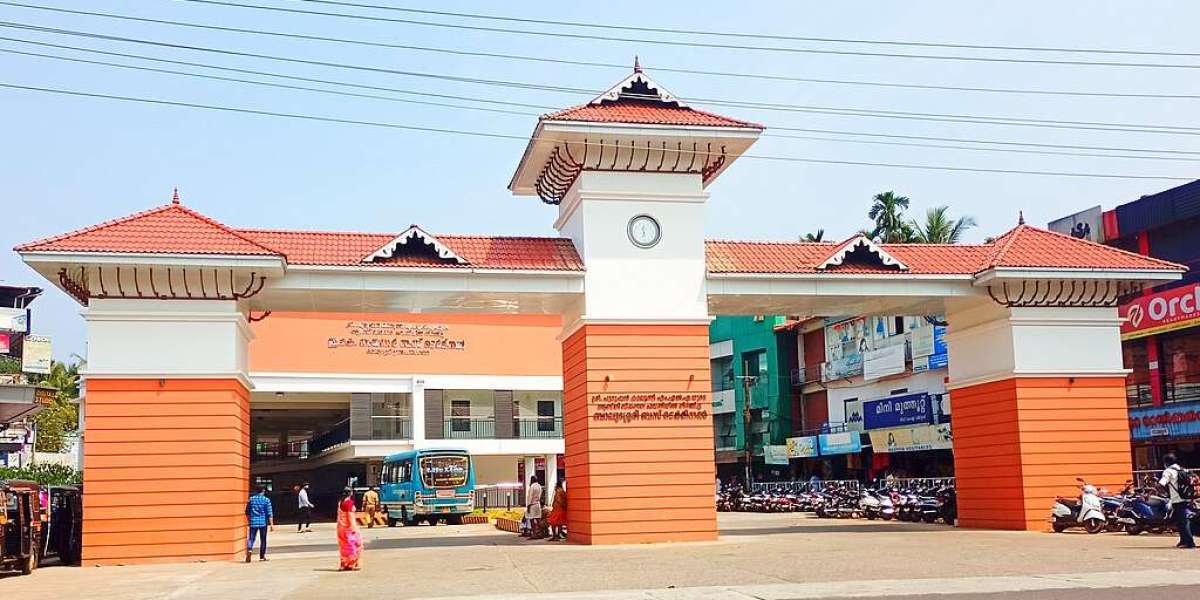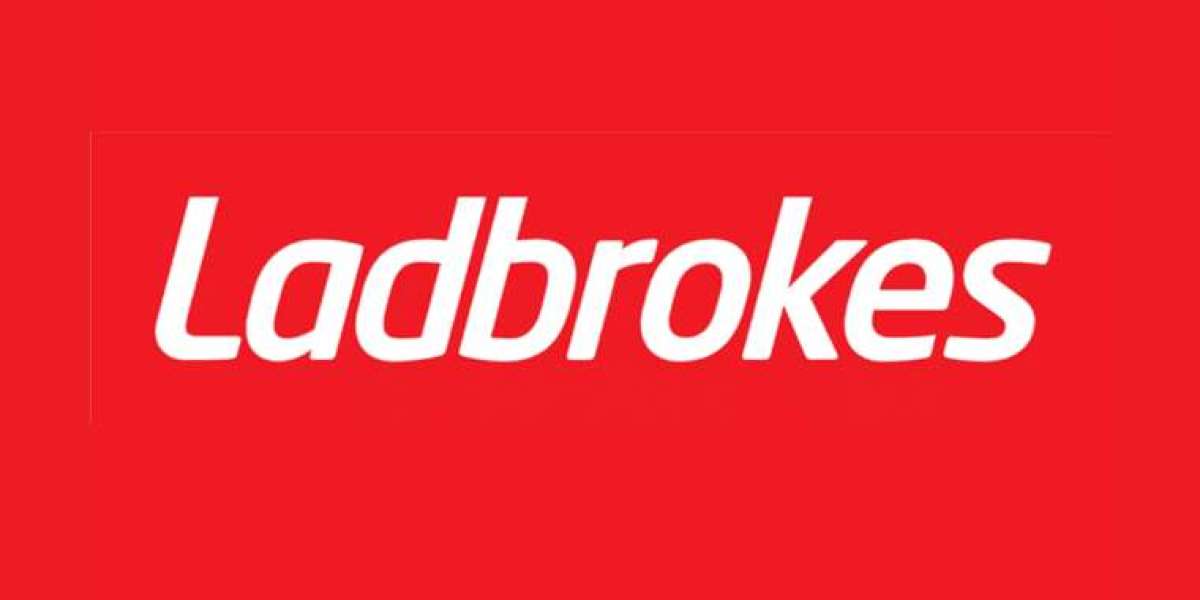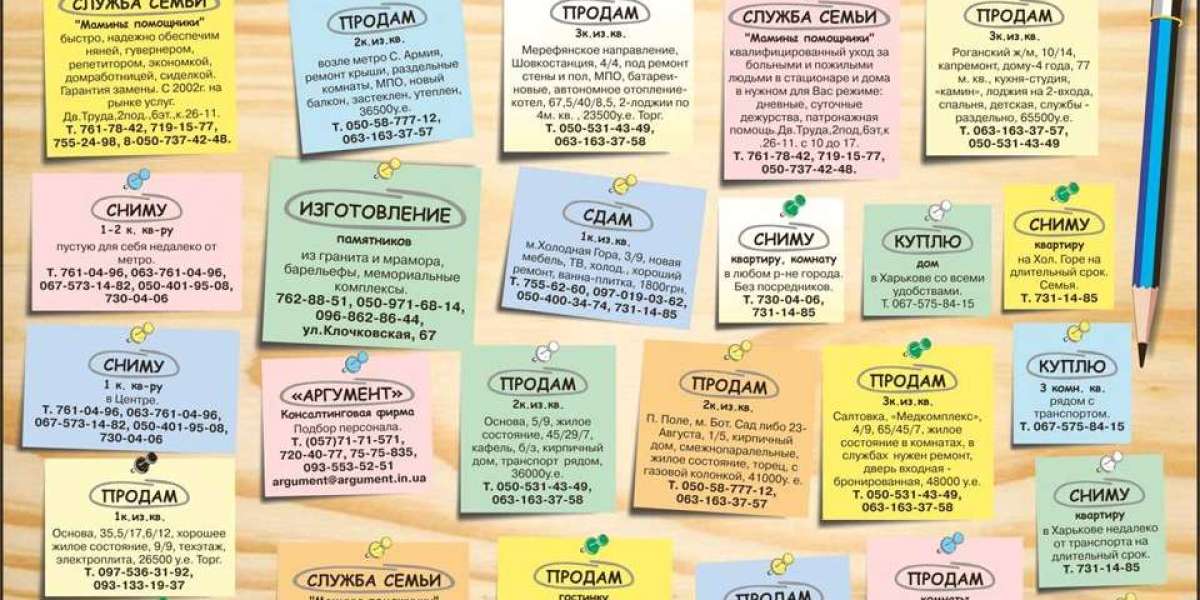When it comes to producing PVC pipes, panels, sheets, or profiles, the mixing stage plays a defining role in determining product quality. While conventional mixers are widely used across industries, they often fall short in meeting the unique demands of PVC processing. This is where a PVC mixer makes all the difference.
Understanding the Basics
A conventional mixer is a general-purpose machine used to blend powders, granules, or liquids. It’s suitable for various materials but not optimized for thermoplastic behavior.
In contrast, a PVC mixer is purpose-built for polyvinyl chloride compounds - designed to handle precise heating, controlled cooling, and uniform additive dispersion. These machines are engineered to maintain temperature balance and mixing uniformity, which are crucial for PVC’s sensitive thermal nature.
Key Differences Between PVC Mixers and Conventional Mixers
1. Mixing Efficiency
PVC mixers are designed with high-speed impellers and specialized blades to ensure consistent blending of resins, stabilizers, and colorants. Conventional mixers may leave “dead zones” or uneven mixing, leading to quality variations.
2. Temperature Control
PVC needs both heating and cooling stages for ideal compound preparation. A heating–cooling mixer system provides frictional heat during mixing and immediate cooling afterward to stabilize the blend.
Standard mixers lack this two-stage process, which can result in partial fusion or thermal degradation.
3. Material Handling
PVC compounds are powder-based and sensitive to moisture. PVC mixers come with dust-proof chambers and vacuum systems to maintain purity, unlike conventional mixers that may not control air or contamination effectively.
4. Production Speed
PVC mixers can process large batches quickly while maintaining consistent results, making them ideal for industrial-scale production. Regular mixers often require longer cycles and manual supervision.
5. Durability and Design
PVC mixers are built using high-grade materials resistant to abrasion and heat. They include robust seals, stainless steel chambers, and heavy-duty motors tailored for continuous operation.
Conventional mixers, in comparison, are more general-purpose and may wear out faster in demanding PVC environments.
Why It Matters in PVC Processing
PVC is a sensitive polymer that reacts to heat and shear. Poor mixing leads to uneven color, brittleness, or instability during extrusion. Using a PVC mixer ensures:
Homogeneous blending of all ingredients
Stable product performance
Reduced waste and downtime
Lower energy costs through efficient design
When to Upgrade to a PVC Mixer
If your current mixing setup struggles with consistency, energy use, or material waste, it’s time to consider upgrading to a specialized PVC mixing system. This investment not only boosts quality but also increases productivity and reduces long-term maintenance costs.
Conclusion
Choosing between a PVC mixer and a conventional mixer isn’t just about capacity - it’s about quality control and efficiency. For PVC-based products like pipes, panels, and profiles, the right mixer is the foundation of reliable, high-performance production.
With the proper PVC mixing technology, manufacturers can ensure smoother operations, longer machine life, and consistent output across every batch.








